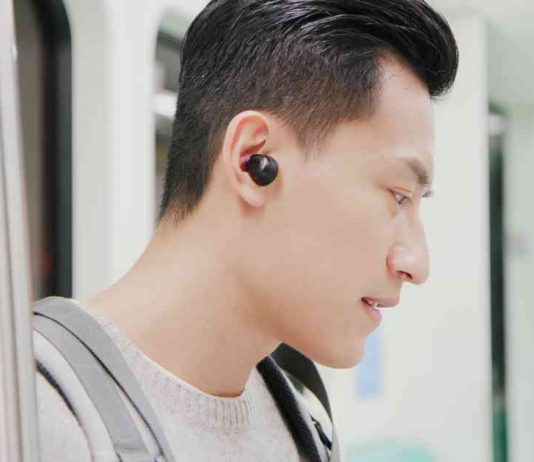According to recent research, Google has developed a way to transform active noise-canceling (ANC) earbuds into heart rate monitors, all with a simple software update. In this way, manufactures can offer a discreet and cost-effective alternative to smartwatches and other wearable devices.
The technology is rooted in a method called audioplethysmography (APG). This approach uses sound waves to measure blood flow in the ear canal, allowing for the monitoring of pulse rate and heart rate variability. The ear canal is an ideal location for such measurements due to its proximity to a major artery. The deep ear artery forms an intricate network of smaller vessels that extensively permeate the auditory canal, making it ideal for accurate heart rate monitoring.
The ANC earphones come equipped with built-in microphones that play a crucial role in this technology. By sending low-intensity ultrasound signals through the earphone’s speakers, the technology triggers echoes. These echoes are then picked up by onboard feedback microphones. The tiny ear canal skin displacement and heartbeat vibrations modulate these ultrasound echoes, which are then processed into a heart rate reading as well as heart rate variability (HRV) measurement.
Google’s method has been rigorously tested and has shown an impressive accuracy rate of over 97%. The technology also exhibits high resilience to motion artifacts and remains unaffected by seal conditions and skin tones. This makes it a more reliable and inclusive health sensor compared to existing methods.
The researchers believe that this APG approach is superior to traditional methods that require the integration of photoplethysmograms (PPG) and electrocardiograms (ECG) sensors, as well as a microcontroller, into the earplugs. Such integration would inevitably add to the cost, weight, power consumption, acoustic design complexity, and form factor challenges, constituting a strong barrier to its wide adoption.
While the technology has not yet been commercially implemented, it holds immense promise. If validated through peer reviews and certifications, Google could potentially include this technology in its products, revolutionizing the way we think about health tech. The technology is the result of collaboration across Google Health, product, UX, and legal teams, and its integration into products like Pixel Buds is far from guaranteed at this point.


